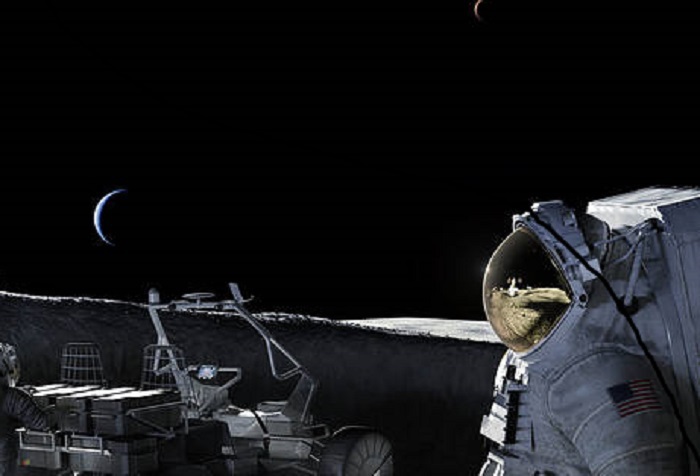NASA has published the $ 28 billion plan to bring man back to the moon in 2024, but the US presidential uncertainty looms over the program.
Furthermore, to meet the "aggressive" timing set by the Trump administration last year, according to NASA administrator Jim Bridenstine, Congress is expected to approve $ 3.2 billion by Christmas.
If Congress approves the first slice of funding to start development of the lander intended to land the crew on the moon, "we will still be on track for a moon landing in 2024," Bridenstine said.
Congress is expected to approve funding for a project that has been defined by President Donald Trump as a top priority, but the November 3 election could pose a risk to the program.
Bridenstine indeed noted that "political risks" were often the greatest threat to NASA's work, especially before crucial elections.
The $ 28 billion five-year plan to return to the moon by 2024 calls for crews to depart with the Orion capsule and the new Space Launch System (SLS), and that once they reach lunar orbit, they will they will transfer to a privately developed lander that will take astronauts to the lunar surface.
Three projects are competing to build the lander: the first was developed by Jeff Bezos' Blue Origin in collaboration with Lockheed Martin, Northrop Grumman and Draper;
the other two projects are from Elon Musk's SpaceX and Dynetics company.
"NASA has all the key systems and contracts to ensure the president's ambitious goal of returning American astronauts to the moon for the first time since 1972 is met," Bridenstine noted.
The program foresees unmanned test flight in November 2021, in the mission called Artemis I and in which the Orion capsule should be launched with the SLS system, currently in the test phase.
In 2023 it will be the turn of Artemis II: the mission will bring astronauts around the Moon but will not land.
Finally, Artemis III, scheduled for 2024, will take the first woman and the next man to the lunar surface for a mission of about a week.
"We're going to the South Pole," said Bridenstine, while the Apollo missions that took place between 1969 and 1972 had all landed on the lunar equator.
"The science we will do - he added - is really very different from anything we have done before. We must remember that during the Apollo era, we thought that the Moon was arid. Now we know that there is a lot of ice water and we know that this is located at the South Pole ".

